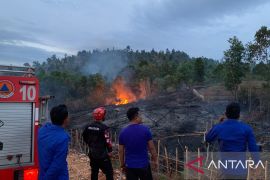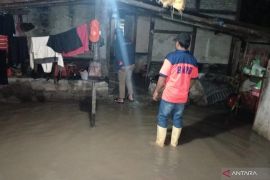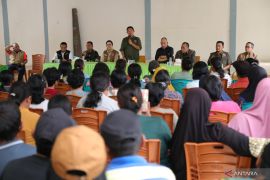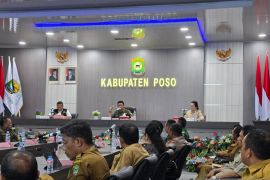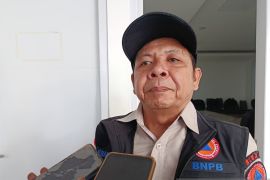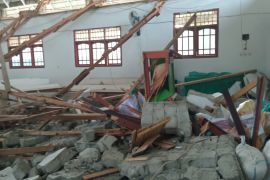"Declaring an emergency status was necessary to intensify efforts to prevent hotspots from developing into wildfires," Sutopo Purwo Nugroho, spokesman of the BNPB, stated here, Tuesday.
On Tuesday morning, the Terra, Aqua, and SNPP satellites detected a total of 538 hotspots in several provinces.
The exact figure might be higher than 538, as the satellites did not cover every region.
The authorities have anticipated an increase in the number of hotspots during the peak of the dry season from late August to September this year.
"Although several regions experienced above normal rains during this dry season, floods were reported in Sulawesi, Kalimantan, and several parts of Sumatra, and forest and plantation fires might still occur in many places," he noted.
Earlier, the agency had reported that hotspots indicating forest and plantation fires had, so far, been found in private companies plantations, peoples lands, and national parks.
"Based on the locations of hotspots in 2015, 2016, and 2017, fires have been found to recur annually in several locations, such as the Tesso Nelo National Park, Ogan Komering Ilir, and Riau-Jambi border area," he remarked.
He added that nationally, a total of 282 hotspots have been detected in early August, with the most found in West Kalimantan reaching 150, followed by 23 in South Sumatra, 18 in South Sulawesi, and 16 in Riau.(*)
Editor: Heru Purwanto
Copyright © ANTARA 2017
